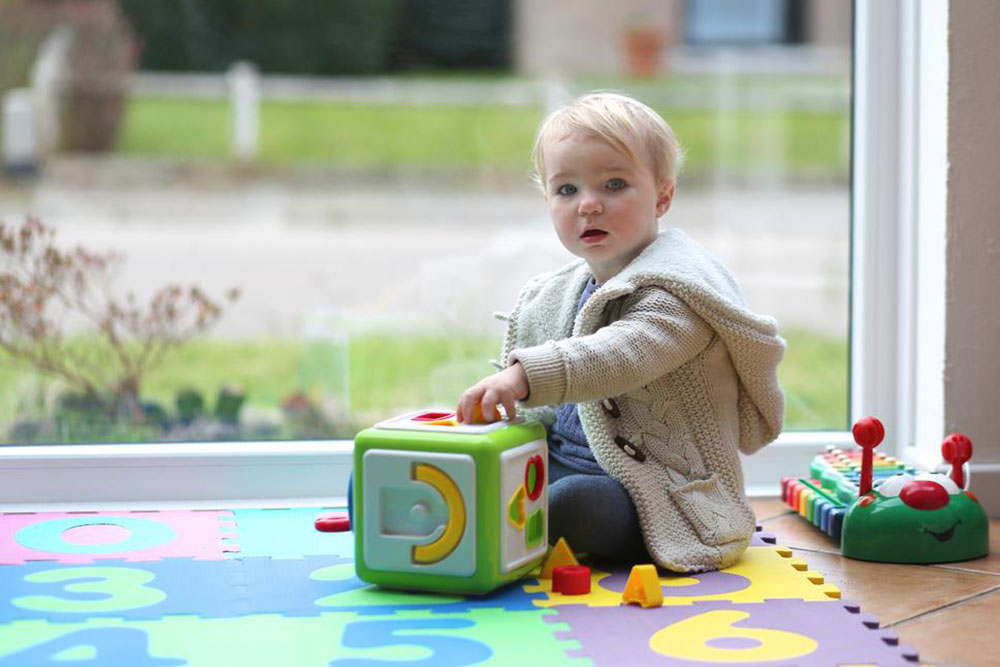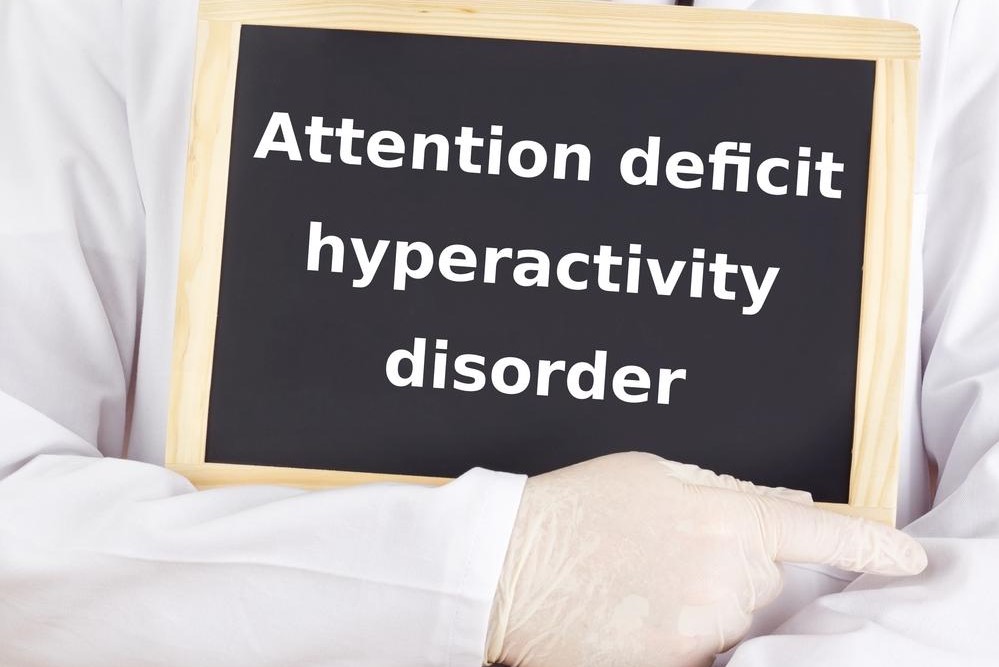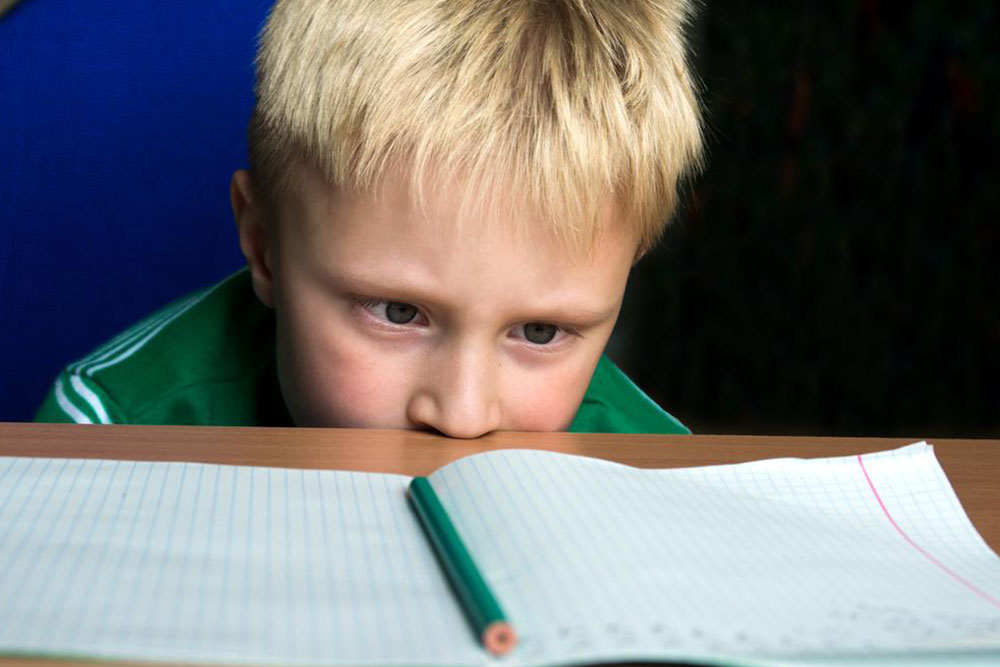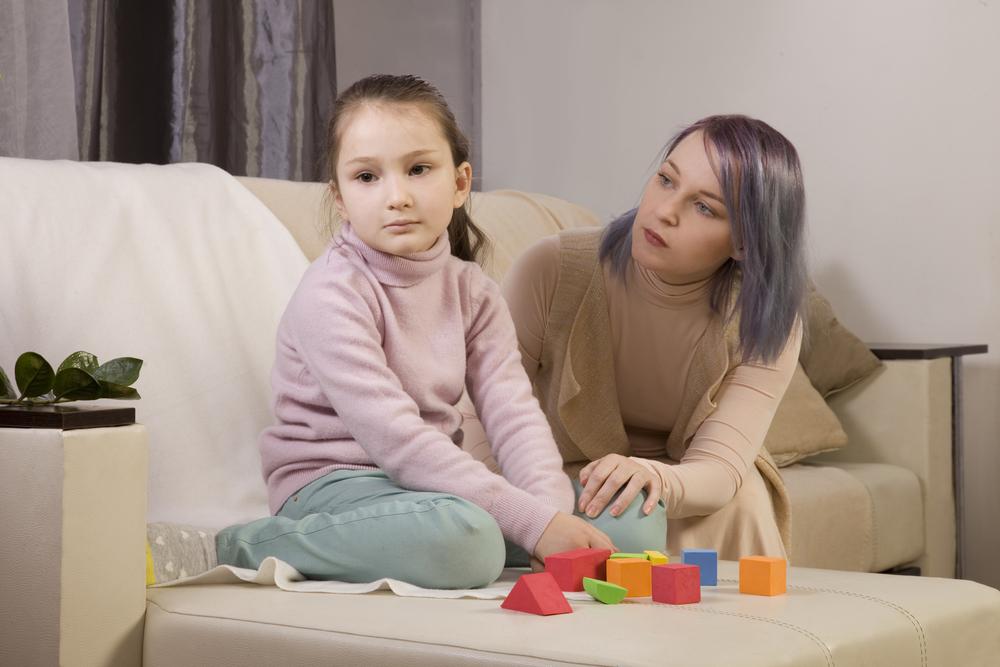Identifying Early Signs and Indicators of ADHD in Young Children
This comprehensive article explores the early signs and indicators of ADHD in young children, emphasizing the importance of early detection. It discusses common symptoms, classifications, and strategies for supporting children with ADHD, providing valuable insights for parents, educators, and caregivers. Recognizing these signs early can facilitate timely intervention, improving children's behavior, learning, and social skills for a healthier developmental trajectory.

How to Recognize Early Symptoms of ADHD in Children
Many young children exhibit behaviors such as difficulty sitting still, fleeting attention spans, or impulsive actions. These behaviors are often viewed as normal aspects of childhood development. However, when such behaviors appear persistently and across various environments like home, school, and social settings, they could indicate Attention Deficit Hyperactivity Disorder (ADHD). Understanding the difference between typical childhood behaviors and those signaling ADHD can be pivotal for early intervention and support.
It's important to note that occasional episodes of restlessness or inattention are normal for young children. Nevertheless, if these behaviors are consistently observed over time and influence daily functioning, it may be time to consider a professional evaluation. Recognizing early symptoms can lead to timely support, improving outcomes for children with ADHD.
ADHD symptoms tend to appear early in childhood, often becoming noticeable between ages 3 and 6.
Common early signs include:
Frequent fidgeting and restlessness
Difficulty sitting calmly or relaxing
Rapid mood swings or quick temperaments
Habitual daydreaming or seeming lost in thought
Challenges in completing tasks or overly intense focus on specific activities
Inconsistent attention span and distractibility
Hyperactivity is a prominent feature of ADHD, especially in young children. Children with ADHD often exhibit excessive movement, such as jumping, running, or fidgeting, and may struggle with inhibitory control, leading to impulsive actions.
There's a misconception that all children with ADHD are constantly disruptive or hyperactive. In reality, many children with ADHD may appear relatively quiet or “inwardly focused,” displaying inattentiveness, daydreaming, or excessive focus on particular interests.
ADHD can be classified into different types:
Primarily inattentive type, characterized mainly by inattention
Hyperactive-impulsive type, marked by excessive activity and impulsivity but less inattentiveness
Combined type, exhibiting both inattentiveness and hyperactivity/impulsivity
Supporting children with ADHD requires understanding their particular behavioral tendencies and needs. Early identification and appropriate management strategies can significantly reduce difficulties at school and home, enhancing social skills, academic performance, and emotional well-being.
Parental involvement and therapeutic support are crucial aspects of managing ADHD. Patience, empathy, and educational resources empower parents and caregivers to help their children thrive despite their challenges. Remember, the goal is to nurture and support the child's development with understanding and compassion, making a real difference in their overall growth and happiness.





